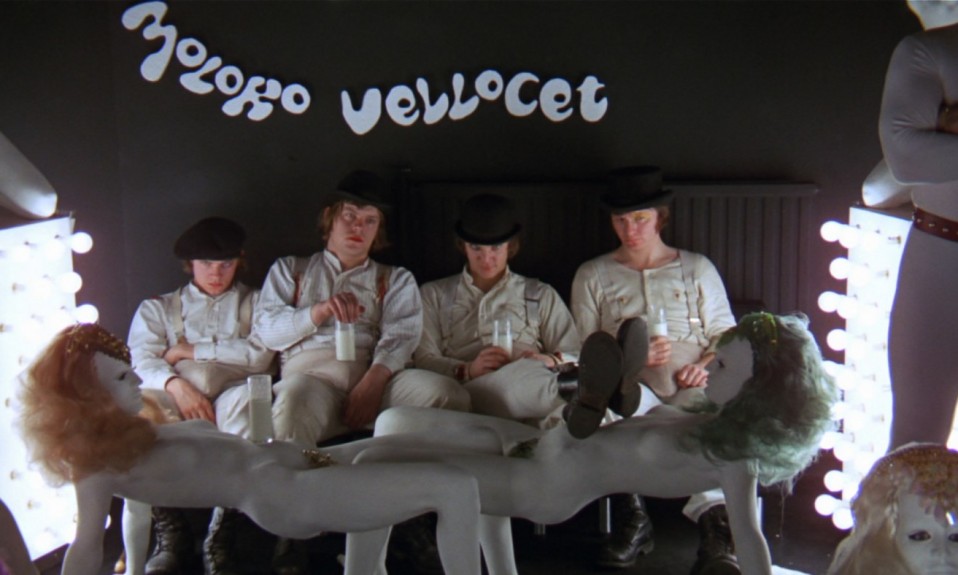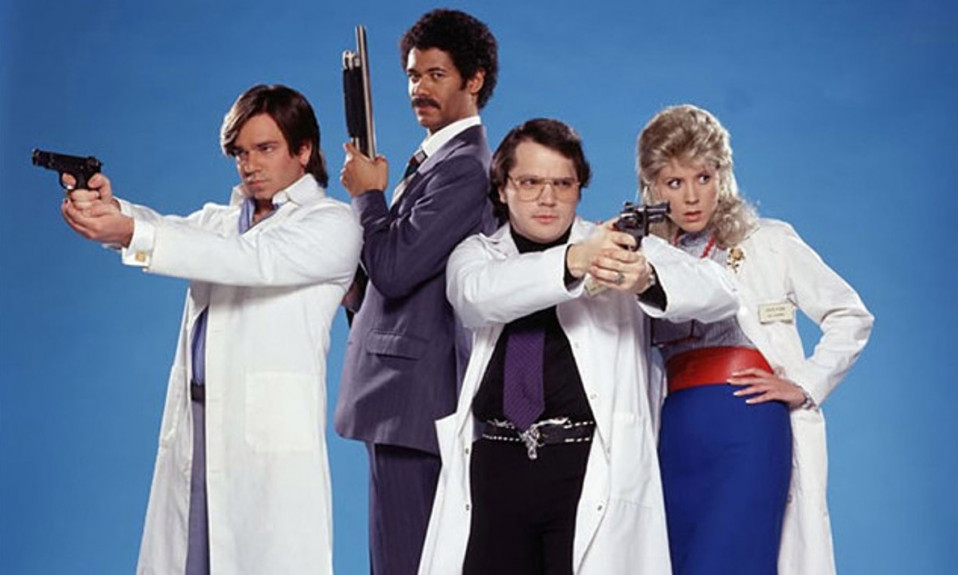Take a huge helping of interesting, often strange, characters. Add a dash of quotable dialogue and a sprinkle of marketable merchandise. Mix it all together with an audience dead set against the consumerism taking over Hollywood and you should have the makings of a cult classic. But is that really all you need to create a film which will be passed down through the generations? Films that can often spawn their own sub-cultures, festivals and even religions?
The Oxford Dictionary definition of a “cult classic” is; a film which has “enduring appeal to a relatively small audience” and exists outside of “mainstream” cinema. Cult films consist of an eclectic collection; there is no set genre which these wonders stem from.
During Hollywood’s formative years, there was not a great deal of opportunity for films to reach cult status with the quick turnover of productions. However, this began to change with the introduction of Midnight Movie screenings. These often featured films which were considered too shocking for mainstream audiences. “Freaks”, the 1932 MGM production, was one such controversial feature of the midnight screening.
However, the status of the cult film gained momentum with the development of distribution. Whereas before, low-budget, non-confirmative films had to rely on midnight screenings to reach viewers, home cinema allowed potential cult movies to reach a wider target audience. Television channels began to provide their own form of the “midnight movie”, showing films that didn’t cost a lot. (This is actually where I remember catching my first glimpse of The Rocky Horror Picture Show – a cult classic which is firmly cemented as one of my favourites!)
This access to films only increased with the creation of VHS. Now fans could pass on the treasures they had discovered to other, like-minded potential fans. If a movie had been banned then this only added fuel to the cult film fire. Stanley Kubrick’s adaptation of A Clockwork Orange gained such notoriety when it was withdrawn, meaning that any rare copies of the film added a particular magic for the cult following it amassed.
Much like A Clockwork Orange, the success of the cult classic seems to lie in it having some sort of controversy attached to it. As previously mentioned, these films often appeal to a small, niche audience and tend to challenge the typical conventions instilled by Hollywood. Many productions have reached the dizzying heights of cult status due to their focus on extreme, and often taboo, subject matters. The aforementioned Clockwork Orange had such graphic depictions of violent acts that it was withdrawn in the UK for 27 years after comparisons were made in high profile crimes.
Another way that a film can become a cult classic is by being so bad that it’s good. Tommy Wiseau’s 2003 film The Room is one such offering- it has been described by critics as one of the worst films ever created.” As a result, it has gained a massive cult following. So much so, that another film was created just last year, The Disaster Artist, to celebrate just how bad it is!
But what of those hugely successful films which have followings around the world? The Star Wars and Harry Potter franchises have gargantuan fan bases and have stemmed a multitude of sub-cultures such as festivals, conventions and even theme parks. Do these productions warrant the title of cult classic? Or do they fall short somehow? And if so, why?
Perhaps it is because these films have become so commercialised that they cannot be given the title of cult classics. Those films deserving of the title do so because of the microcosm that is their fan base; that “have you heard of this film?” moment. Whether you have watched the big blockbusters or not, you’ve definitely heard of them which is not always the case with those movies that are deemed cult films.
Some critics argue that the term has lost its value with it now being attached to any production which seems to break away from convention or challenge the mainstream. But the real cult classics will stand the test of time; that’s what makes them a classic after all.













